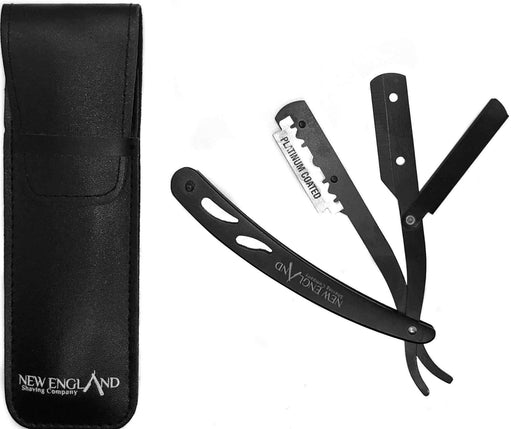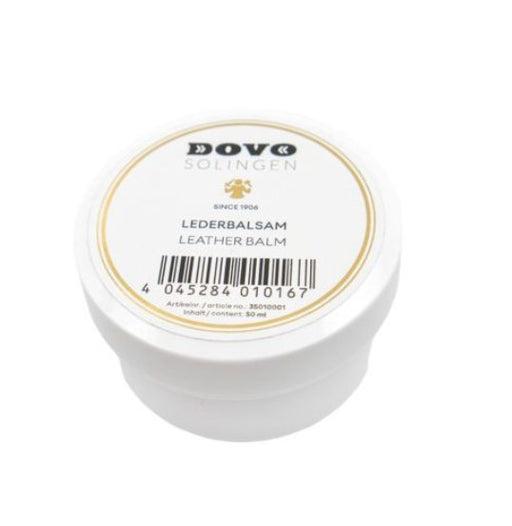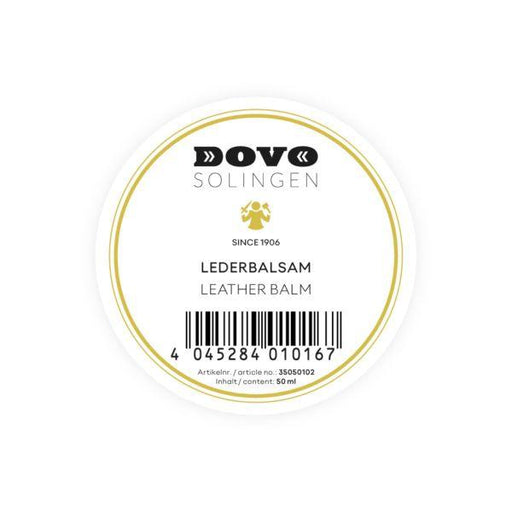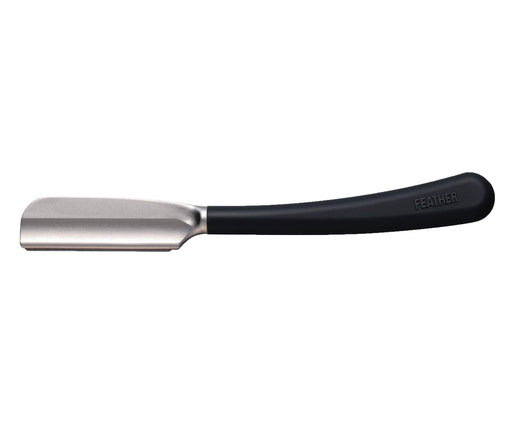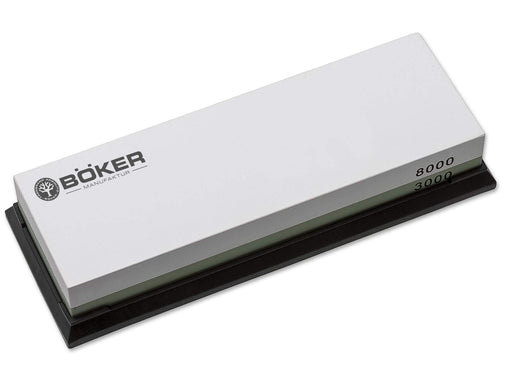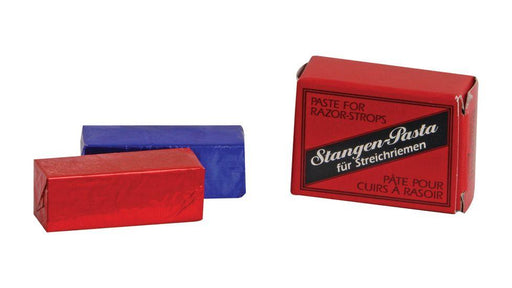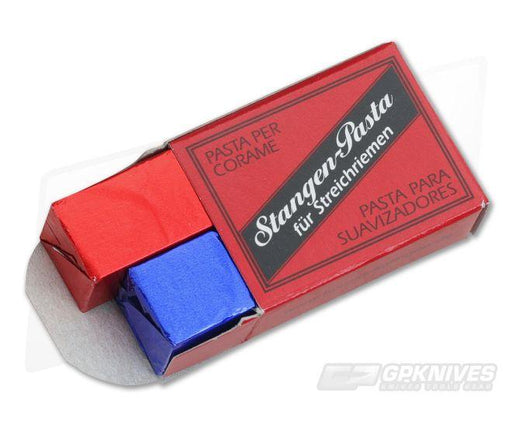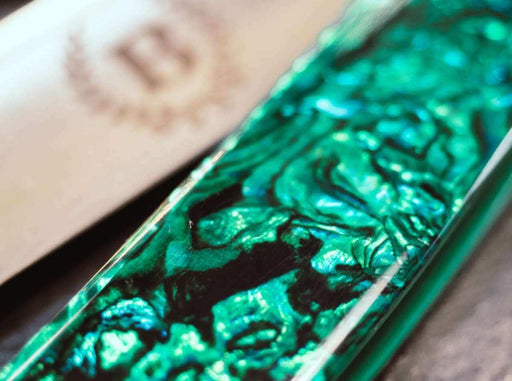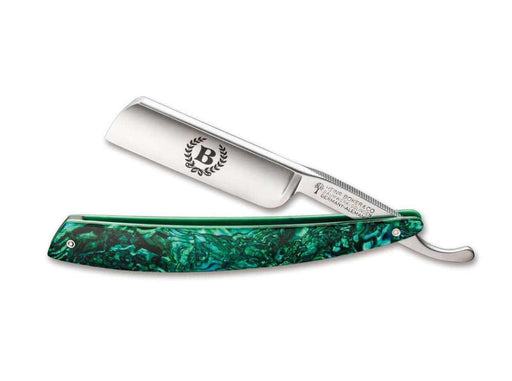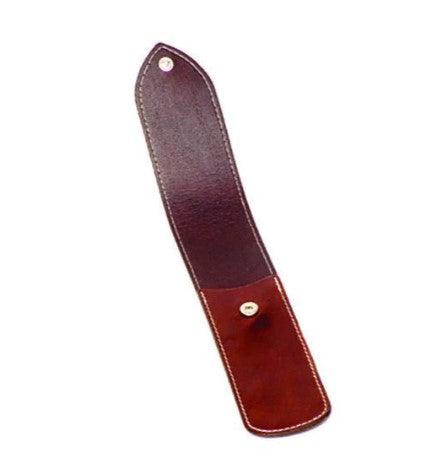What Are the Benefits of Traditional Straight Razors?
Traditional straight edge razors offer several benefits that appeal to many shaving enthusiasts:
- Exceptionally Close Shave: These razors provide an extremely close shave, closer than most other types of razors. The fine, sharp blade allows for precision that results in a smoother finish.
- Precision and Control: These razors offer great control and accuracy, allowing for precise styling and the ability to easily navigate facial contours.
- Long-Term Cost Efficiency: Though the initial cost might be higher, straight razors can be more economical over time. With proper care, they can last for decades, eliminating the need for frequent blade replacements.
- Environmentally Friendly: Straight razors reduce waste. Unlike disposable razors that contribute to landfill, they can be used indefinitely, making it a more sustainable choice.
- Reduced Skin Irritation: Using a single blade, as opposed to multiple blades in modern razors, can minimize skin irritation. Less blade friction means a lower risk of razor burn and ingrown hairs.
Don’t forget to enhance your traditional razor with our extensive range of straight razor accessories!
FAQs
Is shaving with a straight razor easy?
Shaving with a traditional straight razor can be considered challenging, especially for those new to this method. It demands a level of skill that goes beyond what's required for using safety or disposable razors.
You need to learn the correct angle at which to hold the blade against your skin, the right amount of pressure to apply, and how to handle the razor's weight and balance.
It's a skilful art that requires practice, and it's common to experience a few nicks and cuts during the learning phase.
How dangerous are straight razors?
Straight razors are inherently more risky than other types of razors due to their sharp, unprotected blade. They can easily cause cuts if used improperly or with a lack of attention.
It's crucial to use them with care, ensuring that the blade is sharp (a dull blade can be more dangerous) and that the skin is well-prepared and lubricated. It's also important to shave slowly and deliberately, avoiding distractions.
With proper technique and respect for the tool, the risks can be minimized.
Is it a better shave with a straight edge razor?
Straight edge razors are known for their superior shave. They offer unparalleled control and precision, allowing for a very close shave.
Because you can control the blade directly, you can achieve a level of closeness that other razors might not provide.
However, the effectiveness largely depends on the user's skill and the quality of the razor and blade. For enthusiasts, the shave from straight edge razors is unmatched in terms of smoothness and closeness.
How do you keep a straight razor sharp?
Keeping a razor sharp involves regular maintenance. The primary tool for this is a leather strop, which is used to realign the blade's edge before each shave. The stropping process smooths the blade and corrects any microscopic bends.
In addition to stropping, the blade will occasionally need honing, which involves grinding the blade against a special sharpening stone to restore its edge. This is usually required a few times per year, depending on use.
Proper storage (in a dry place) and careful handling are also essential to maintain the blade's sharpness and prevent rust or damage.
How do you know if a straight razor is sharp enough?
Determining if your razor is sharp enough for a comfortable and effective shave involves a few simple tests:
- Hanging Hair Test: A sharp razor will easily cut through a suspended strand of hair without pressure.
- Arm Hair Test: Gently glide the razor over arm hair. It should cut the hair effortlessly without pulling.
- Thumb Pad Test: Lightly run your thumb pad across the blade. A sharp blade feels grippy, not smooth.
- Shave Test: The best test is shaving. A sharp razor should smoothly and comfortably cut through your beard without tugging or pulling.
- Visual Inspection: Look for a consistent, polished edge without nicks or dull spots under bright light.
Always handle the razor with care during these tests to avoid injury. If the razor fails these tests, it may need honing or stropping.
How do you select a straight razor?
Selecting a straight razor involves considering several key factors to ensure you get a tool that suits your needs and preferences:
- Blade Size: Choose between larger blades (6/8 to 8/8 inches) for more coverage and smaller blades (4/8 to 5/8 inches) for better control and precision.
- Blade Material: Opt for carbon steel for a sharper, longer-lasting edge but with more maintenance, or stainless steel for easier maintenance but more frequent sharpening.
- Blade Point: Round points are beginner-friendly and forgiving, while square points offer precision but require more skill.
- Handle Material: Select a handle based on personal preference and balance. Materials range from wood and horn to plastic and metal.
Grind Type: Decide between a full hollow grind for a lighter, sharper blade (ideal for closer shaves) or a half/quarter hollow grind for a heavier blade (better for thicker beards).
What is the best straight razor for beginners?
Beginners should use a razor with a round point to reduce the likelihood of nicks. Smaller blade sizes will give you much better control and precision, making them ideal for those still mastering the technique.
What straight razor blades do barbers use?
Many professional barbers prefer to use cut-throat razors or high-quality Shavettes with replaceable blades. These razors offer precision and hygiene as blades can be swapped out between clients.
Cut-throat razors and professional razors continue to be favored by experts and enthusiasts alike thanks to their impressive performance and solid build quality.













